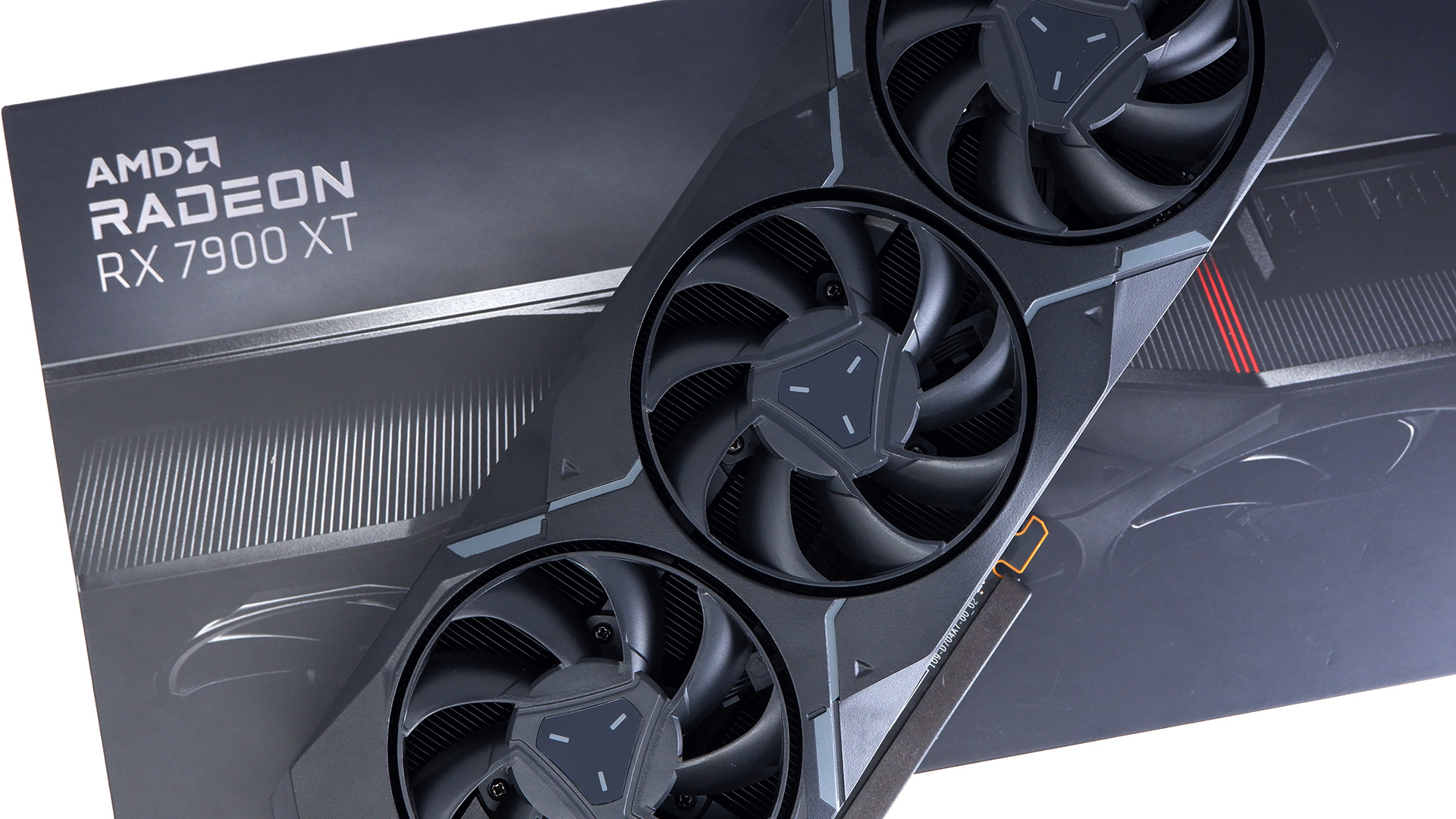
Shader pre-fetch in 7900 XT and XTX graphics works just fine, thanks.
AMD has dismissed reports that its new Radeon RX 7900 XT and XTX graphics boards are suffering from a bug that impacts performance. AMD said that the new graphics chips’ shader pre-fetch hardware is fully functional as intended, despite rumours that had suggested otherwise.
Reports of bugs associated with RDNA 3’s shader pre-fetch hardware emerged when a firmware flag which appeared to switch off shader pre-fetch functionality was uncovered.
AMD has clarified that the functionality in question was a specific experimental feature as opposed to the overall shader pre-fetch hardware in a statement to Tom’s Hardware.
“The code in question controls an experimental function which was not targeted for inclusion in these products and will not be enabled in this generation of product. This is a common industry practice to include experimental features to enable exploration and tuning for deployment in a future product generation,” AMD told Tom’s Hardware.
It is, of course, absolutely routine if not actually universal for any large, complex chip to have some hardware flaws. Likewise, it’s common for some functionality to be fused off. Exactly what qualifies as a serious bug and what is merely a feature that is being tested with a view to full implementation in future hardware is open to interpretation and mischaracterisation, both by chip makers and industry observers.
Whether this particular feature was truly intended to be fully functional this time around or was, as described, merely experimental is something only AMD knows. So, what actually matters is how the new chips perform overall. Does RDNA 3 deliver a great gaming experience?
For sure, there is a case to be made for AMD’s new GPUs not quite hitting their targets. Clock speeds of the 7900 XT and XTX are arguably disappointing for an architecture AMD says was built for 3GHz and beyond. Most importantly, the new GPUs’ performance is somewhat inconsistent — very impressive in some games, less so others.
That’s one of the reasons we’ve been left slightly underwhelmed by RDNA 3, scoring the XTX at 81% instead of the 90%-plus you’d expect of a truly great new graphics card. But it’s not even nearly a disaster. In fact the 7900 XT and XTX are very quick graphics cards. They’re just not quite the game changers we’d been hoping for based on pre-release marketing information from AMD.
Does that make RDNA 3 particularly buggy? Probably not. But, equally, RDNA 3 probably isn’t quite the GPU architecture AMD was originally hoping for given it can’t yet compete right at the very high end with Nvidia’s RTX 4090 boards. “Yet”, however, is the operative word. Time will tell just how competitive RDNA 3 will prove.




